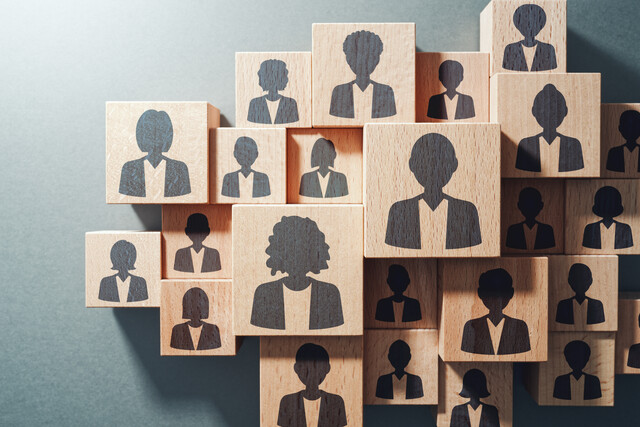Report Writing 101
Craft Clarity, Elevate Impact.

14 Hours average completion time
1.4 CEUs
12 Lessons
15 Exams & Assignments
112 Discussions
12 Videos
41 Reference Files
119 Articles
Mobile Friendly
Last Updated December 2025
Mastering the Art of Business Reporting: Transcend Traditional Report Writing
In today's fast-paced business world, effective communication is the linchpin of success. Reports, central to this communication framework, hold the power to drive change, shape strategies, and foster informed decisions. But far too often, the intricacies of report writing stymie professionals, turning what should be a powerful tool into a cumbersome obligation.
Enter our comprehensive course: a beacon for professionals navigating the complex seas of business reporting.
Reports--more than just documentation--are strategic narratives. They illuminate issues, elucidate solutions, and empower businesses to seize new opportunities. Whether it's charting expenses, justifying budget increments, shedding light on incidents, or architecting lucrative proposals that woo stakeholders, reports play a pivotal role in bridging understandings, both within and outside an enterprise.
Yet, the formidable challenge remains: How does one craft a compelling report without being a seasoned writer? How do you transition from the daunting emptiness of a blank page to a cohesive, impactful narrative?
Course Highlights
This course, segmented into twelve meticulously designed lessons, deciphers the essence of report writing for the contemporary business professional. Moving beyond conventional teachings, we usher in an era where report writing is not just a task but a valuable skill.
You will unveil:
- Streamlined strategies to structure and draft reports, eliminating the labyrinth of complexity.
- Techniques to pinpoint pivotal information, ensuring your reports resonate and command attention.
- Refined presentation skills that amplify persuasion, paving the way for actionable insights.
- A blueprint to craft reports that not only convey but convince, aligning with your strategic objectives.
Each lesson unfolds a facet of report crafting, complemented by interactive exercises and assignments. These exercises, mandatory for course completion, are meticulously curated to reinforce learning. Meanwhile, the optional assignments are golden opportunities, allowing for deeper immersion into the course materials.
Section reviews punctuate lessons, presenting multiple-choice questions tied to distinct report segments. These reviews are instrumental in honing your skills, aiding you in mastering the organization and articulation of diverse report sections. Like the exercises, these reviews are essential milestones on your learning journey.
Redefine Your Report Writing Paradigm
This course challenges preconceived notions. If you've been tethered to templates, it's time to liberate yourself. If dread and apprehension have been your companions in report writing, prepare for an empowering paradigm shift. Believe this: you don't need to be a writer to produce impactful reports. Often, breaking free from restrictive templates ignites creativity and clarity.
Join us, as we unravel the magic of report writing. Whether you're a novice grappling with the basics or a professional seeking to elevate your reporting game, this course is your gateway to mastering the art of business reporting. Let us guide you in transforming this "necessary evil" into your most potent business tool.
- Professional presentation techniques
- Improved analytical thinking
- Enhanced report structuring
- Proficient use of visual elements
- Persuasive writing abilities
- Ability to craft compelling narratives
- Skill in creating comprehensive references
- Effective audience engagement
- Mastery in concise language
- Strategic communication skills
-

Modern Marketing Strategies for Small Business
-

How to Run an Effective Help Desk
-

Slack
-

Delegation Skills
-

How to Write a Business Plan
-

Job Performance Appraisals - A How To Guide
-

General Receptionist
-

Strategic Planning
-

Home Business
-

ABCs of Technical Writing
-

ESL Basic Grammar and Writing
-

Business Analysis
-

How to Write a Grant Proposal
-

Ultimate Secretary Training Bundle
-

Collaboration Skills
-

Generational Diversity in the Workplace
-

Habits of Millionaires
-

Recruitment and Retention Strategies
-

Leadership and Supervision
-

Introduction to Six Sigma
-

Effective Communication Skills
-

Mindfulness in the Workplace
-

Human Resources Productivity Course Bundle
-

Human Resources Management
-

Basic Research Skills